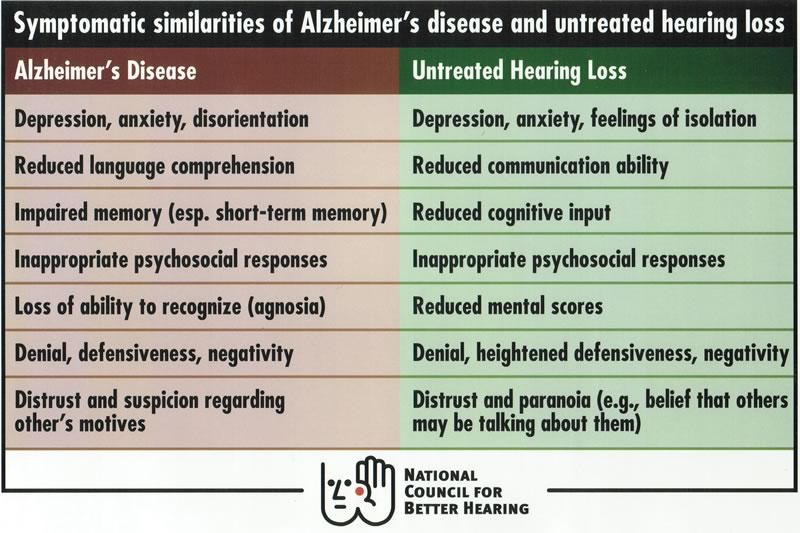Hearing loss doesn’t just mean someone needs to turn up the TV or ask “Can you repeat that?” It has also been linked to an increased risk of dementia.
The doctors at Midwest ENT & Allergy know parents have concerns when their child seems to be suffering. Dr. Todd provides answers to six common questions parents have when it comes to testing kids for allergies
Frequently Asked Questions
Midwest Ear, Nose & Throat strives to provide information and education to patients who deal with a hearing loss, whether it be their own or that of a loved one. Becoming informed about hearing loss is the first step to conquering it. Below we provide some frequently asked questions and answers about hearing loss.
Hearing
Midwest Ear, Nose & Throat Hearing Center Services
Custom Earmolds
In addition to earmolds that are used with hearing aids. Our Sioux Falls office also makes custom earmolds for other applications. Some other molds include those for swimming, iPods®, musicians, ear-molds and hearing protection.
Cochlear Implants
When a sensorineural hearing loss is severe-to-profound and hearing aids no longer benefit the patient, a cochlear implant may be an option for our patient. A cochlear implant is a surgically implanted electronic device and an externally worn sound processor. This provides useful hearing and improved communication. The device requires programming or mapping. We have assembled a Cochlear Implant Team to further the success of our patients.
Auditory Osseointegrated Implants (Baha)
These devices are targeted for patients with single sided deafness or patients with a conductive hearing loss where traditional hearing devices cannot be worn. This device has a surgical procedure to implant a small titanium abutment that is anchored in the bone behind the ear and will protrude through the skin. This provides an anchor for the processor to snap into, sending sound vibrations to the inner ear through the skull, naturally stimulating the inner ear.
Vistafix®
When a person has the absence of an external ear, the Vistafix is a prosthesis that offers an attractive option. Surgical abutments are placed to attach the prosthetic ear to. These are firmly attached for an active life and peace of mind.
Hearing Evaluations & Testing
Prior to testing, the audiologist will determine if testing can be completed safely and accurately. Earphones will be placed into the ear canals to perform testing. Hearing tests are then performed to determine if a hearing loss exists and what type of loss it is. The type and configuration of the loss can also add insight to the appropriate diagnosis of balance disorders as well. The patient will be asked to respond to tones presented through the earphones (air conduction testing) and sounds transmitted through the skull (bone conduction testing). The degree of loss will be determined through this test. Many times a patient will be asked to repeat a series of words to determine the clarity of the sounds they hear. Hearing screenings with infants and toddlers may be performed through speakers rather than through the ear canal.
Otoacoustic Emissions Testing (OAE)
Otoacoustic emissions are sounds that are generated from within the inner ear. OAEs disappear after the inner ear has been damaged and therefore are used to measure inner ear health. Clinically they are important because they are the basis of a simple yet non-invasive test for hearing defects. This test is particularly good to evaluate hearing deficits in newborn babies, in children who are too young for conventional testing, or for those who are unable to do traditional testing.
Tympanometry
During this test, the audiologist places the tip of a hand-held instrument in the opening of the ear. This instrument changes the air pressure inside the ear. This measurement can demonstrate if there is fluid behind the eardrum or if an ear tube is working or blocked. It also indicates how the bones in the middle ear are working. This information is used in conjunction with the hearing test and physician’s physical exam to determine what is happening with a patient’s middle ear.
Audiology
An audiologist is a healthcare professional who specializes in the diagnosis and rehabilitation of hearing and balance disorders. The audiologist detects hearing loss, assesses the extent of the loss and determines the best rehabilitation of that loss. Audiologists counsel patients on the use and care of hearing aids and other assistive devices. In addition, they work with physicians in the diagnosis and treatment of balance disorders.
At Midwest Ear, Nose & Throat Hearing Center, our audiologists are fully licensed and highly educated. They are able to provide hearing evaluations for patients from birth through the geriatric years. Each patient comes to us with unique needs and is treated individually. Appropriate diagnosis by an audiologist supplements the Otolaryngologist in the diagnosis and treatment of the patient. Our office in Sioux Falls has all the state of the art technology to test, diagnose, & help those in need of hearing help, whether the issue be large or small.




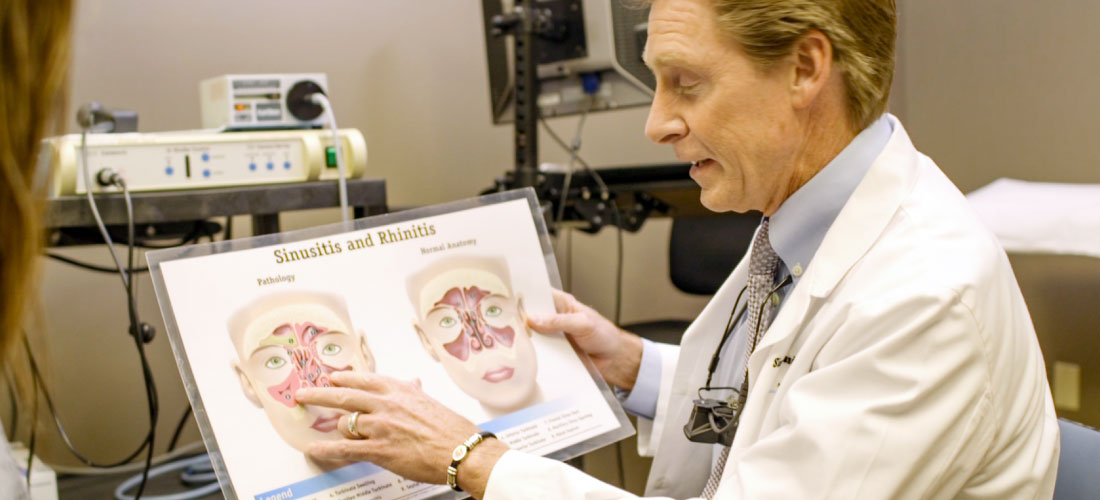










 Outer Ear
Outer Ear Tractor idling, conveyors, elevators. 80dB
Tractor idling, conveyors, elevators. 80dB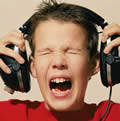 People often play music through their headphones too loud. Sound systems in automobiles are also often played too loud because theyre competing with engine and traffic noise, which can dangerously increase the volume of noise to which you’re exposing your ears.
People often play music through their headphones too loud. Sound systems in automobiles are also often played too loud because theyre competing with engine and traffic noise, which can dangerously increase the volume of noise to which you’re exposing your ears. Gunshot/shotgun blast 140dB
Gunshot/shotgun blast 140dB Personal watercraft 85-102dB
Personal watercraft 85-102dB Club/bar 118-130dB
Club/bar 118-130dB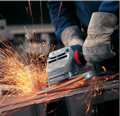 Lawn mower 90dB
Lawn mower 90dB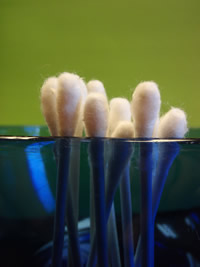 Never insert cotton swabs deep into the ear canal – the damage they cause far outweighs the benefits. Cotton swabs often do not remove ear wax but instead push it deep into the ear canal right in front of the ear drum. This increases the risk of an ear infection, especially for children. Another side-effect of cotton swabs can be an increase in the production of ear wax. The same applies to handkerchiefs, corners of towels, fingers, etc. Instead, clean your ears carefully with water when taking a shower, or purchase a product specifically made to clean safely clean ears.
Never insert cotton swabs deep into the ear canal – the damage they cause far outweighs the benefits. Cotton swabs often do not remove ear wax but instead push it deep into the ear canal right in front of the ear drum. This increases the risk of an ear infection, especially for children. Another side-effect of cotton swabs can be an increase in the production of ear wax. The same applies to handkerchiefs, corners of towels, fingers, etc. Instead, clean your ears carefully with water when taking a shower, or purchase a product specifically made to clean safely clean ears.